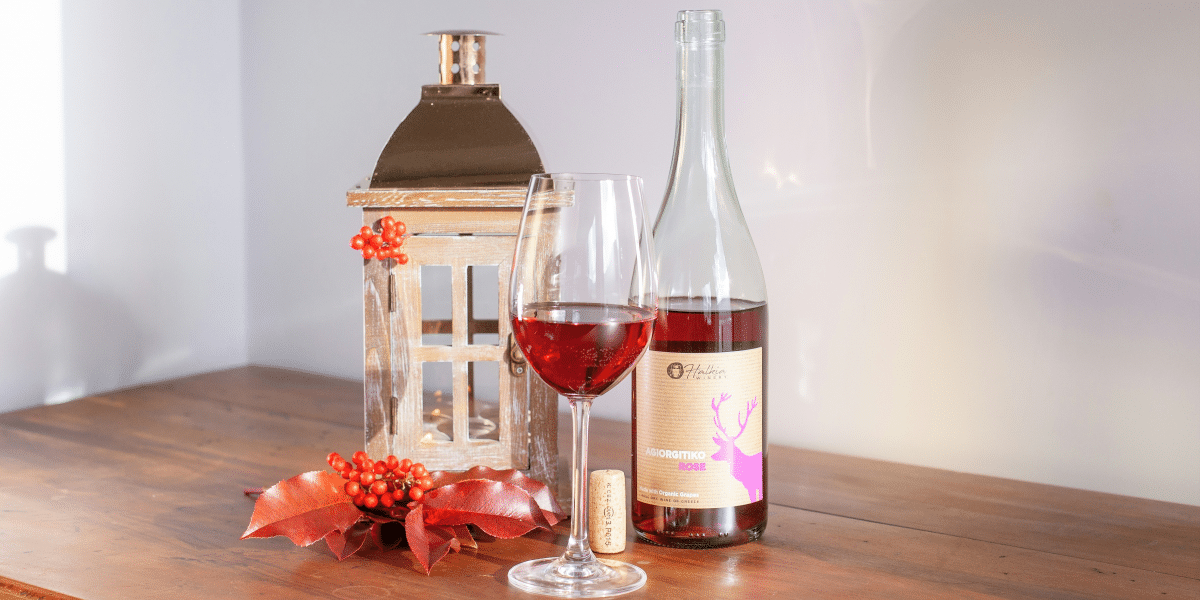Introduction to Rosé Wine
Picture this: a warm summer evening, a gentle breeze, and a glass of chilled, blush-colored wine in your hand. That’s the magic of rosé. But did you know that not all rosés are created equal? From bone-dry to lusciously sweet, the world of rosé is as varied as it is delightful.
Rosé has been around for centuries, with its roots tracing back to ancient Greece. But how does it get that beautiful pink hue? It’s all in the skin contact, my friends. Unlike red wines that ferment with grape skins for weeks, rosé wines have only brief contact with the skins – just enough to impart that signature blush color.
Different Types of Rosé Wine: A Spectrum of Styles
Ready to dive into the pink? Let’s explore the wonderful world of rosé styles. It’s like a color palette, but we’re playing with flavors and aromas instead of paints.
Dry Rosé Styles: The Crisp and Refreshing
Dry rosés are the sophisticates of the rosé world. They’re crisp, refreshing, and perfect for those who prefer their wines without a hint of sweetness.
Provence-style Rosé
The gold standard of dry rosés. Or should we say, the pink standard?
- Flavor profile: Think delicate strawberries, crisp watermelon, and a hint of herbs.
- Color: Pale pink, almost salmon-like.
- Fun fact: Provence rosés are so popular they’ve inspired a whole “Provence-style” category worldwide!
Spanish Rosado
Spain’s answer to rosé, often with a bit more oomph.
- Taste notes: Red berries, a touch of citrus, and sometimes a slight tannic bite.
- Grape varieties: Often made from Garnacha or Tempranillo.
Italian Rosato
From the land of la dolce vita comes a rosé that’s anything but sweet.
- Characteristics: Crisp, with notes of red fruits and sometimes slightly bitter.
- Regions to watch: Watch for rosatos from Abruzzo and Puglia.
Off-Dry and Medium-Sweet Rosés: The Crowd-Pleasers
These rosés are like the friendly neighbor who always brings cookies to the block party – universally loved and easy to enjoy.
White Zinfandel
The wine that launched a thousand pink wine drinkers.
- Flavor profile: Sweet strawberry with a hint of melon.
- Fun fact: It was accidentally created when a batch of red Zinfandel didn’t color properly!
Rosé d’Anjou
From France’s Loire Valley, this is the sweeter side of French rosé.
- Taste notes: Red fruits are sweet and balanced by good acidity.
- Grape varieties: Often made from Grolleau and Gamay.
Sweet Rosé Varieties: The Dessert in a Glass
For those with a sweet tooth, these rosés are like liquid candy – in the best possible way.
Pink Moscato
The bubbly, sweet sensation that’s taken the wine world by storm.
- Flavor profile: Sweet peach, strawberry, and a hint of fizz.
- Perfect for: Brunch, dessert, or any time you need a little sparkle.
Sparkling Sweet Rosé
Because sometimes you need bubbles and sweetness in one glass.
- Varieties to try: Italian Brachetto d’Acqui or sweet sparkling rosés from California.
- Taste notes: Think sweet red berries with a festive fizz.
Rosé Wine Production Methods
Ever wondered how rosé gets its blush? Let’s peek behind the cellar door.
Maceration Method
The standard method is where red grapes are crushed, and the juice sits with the skins briefly.
- Pro: Allows for precise color control.
- Con: Requires careful timing to get the right hue.
Saignée Method
French for “to bleed,” this method “bleeds” off some juice from red wine production to make rosé.
- Advantage: Creates concentrated red wines and delicious rosés.
- Disadvantage: It can result in more robust rosés than some prefer.
Blending Method
Simply mixing a bit of red wine into white wine. Sounds easy.
- Spoiler alert: This method is only allowed in sparkling rosé production in most wine regions.
Popular Rosé Grape Varieties
The grapes behind the pink – each bringing its own personality to the party.
- Grenache: The queen of rosé grapes, bringing strawberry and citrus notes.
- Syrah: Adds body and spice to the mix.
- Mourvèdre: Contributes structure and a lovely salmon color.
- Pinot Noir: Creates elegant, light-bodied rosés with red fruit flavors.
Food Pairing with Different Rosé Styles
Rosé is like the Swiss Army knife of wines – every dish has a style.
- Dry rosés: Perfect with light salads, grilled fish, and Mediterranean cuisine.
- Sweet rosés: Pair wonderfully with spicy Asian dishes or fruit-based desserts.
- Versatile pairings: Charcuterie boards, pizza, and anything off the grill.
- Pro tip: When in doubt, remember this rhyme: “Rosé away, with anything it’ll play!”
Serving and Enjoying Rosé
Let’s get that rosé from the bottle to your glass in style.
- Ideal serving temperature: Chill your rosé to about 50-60°F (10-15°C).
- Glassware: A standard white wine glass works well, but there are special rosé glasses for enthusiasts.
- Seasonal enjoyment: While rosé shines in summer, don’t hesitate to enjoy it year-round. Winter rosé, anyone?
FAQs About Rosé Wine
Can I get rosé wine delivered?
Yes! Online stores such as The Barrel Tap can deliver rose wine straight to your door.
Is all rosé wine sweet?
Nope! Rosé can range from bone-dry to dessert-level sweet. There’s a style for every palate.
Can rosé age like red or white wines?
Most rosés are ideally enjoyed young and fresh. However, some high-quality rosés can age for a few years.
What gives rosé its pink color?
During the winemaking process, the brief contact between grape juice and red grape skins imparts that lovely pink hue.
Is rosé only for summer drinking?
While it’s a summer favorite, rosé is delicious anytime. Try a fuller-bodied rosé with your Thanksgiving turkey!
Are there any sparkling rosé wines?
Absolutely! From Champagne to Prosecco, many sparkling wines come in rosé versions.
How long does an open bottle of rosé last?
Once opened, most rosés stay fresh in the fridge for 3-5 days. But let’s be honest, they rarely last that long!
Conclusion: Embracing the Versatility of Rosé
From the palest blush to vibrant pink, from bone-dry to delectably sweet, the world of rosé is a playground for wine lovers. Whether you’re a seasoned oenophile or a curious newcomer, there’s a rosé waiting to tickle your taste buds.
Remember, the ideal way to find your favorite rosé is to taste, taste, taste! So grab a few bottles, invite friends, and embark on your rosé adventure. Who knows? You might just find your new favorite summer sipper – or winter warmer!
Cheers to the beautiful world of rosé in all its pink-hued glory!
Published by: Josh Tatunay

















